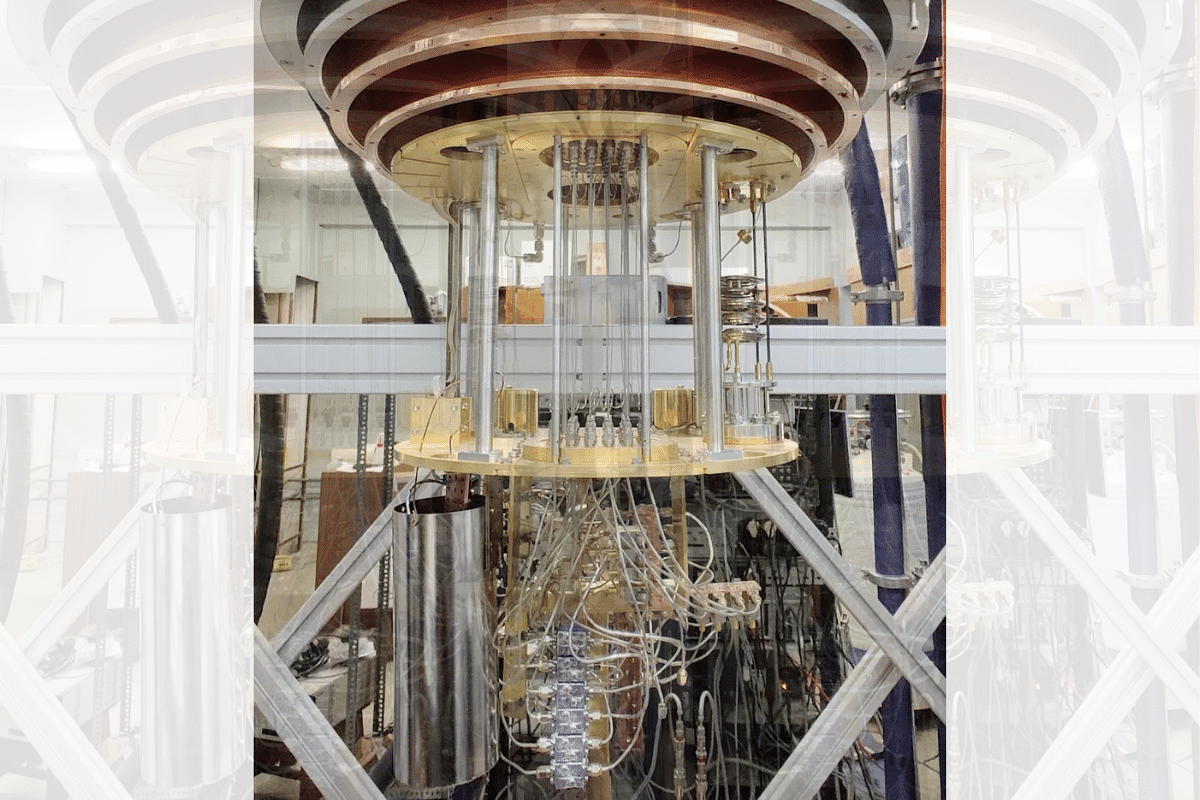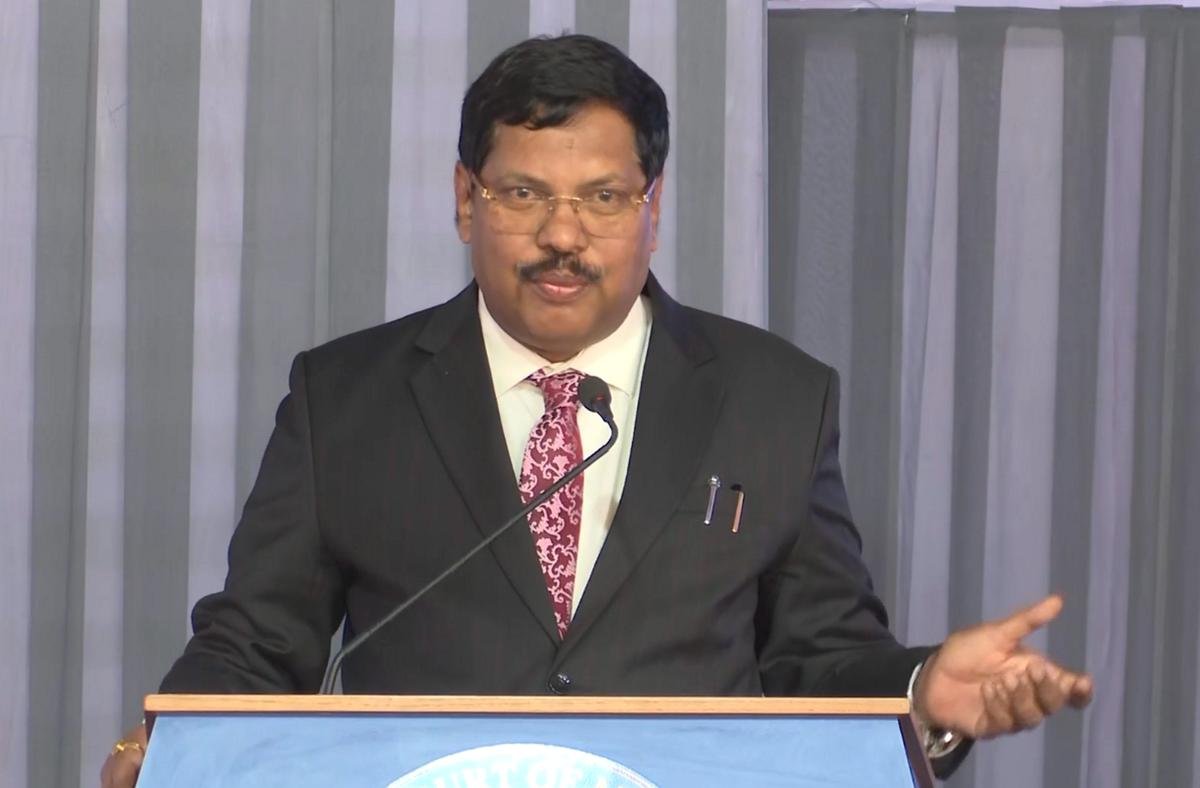
Science News
Stay up to date with the latest news from around the world. Covering b
Stay up to date with the latest news from around the world. Covering breaking news in 'Science'. Explore top stories and in-depth coverage
ISRO successfully conducts de-docking of SpaDeX satellites
The SpaDeX mission, which was launched on December 30 of the previous year, involved placing two satellites—SDX01 and SDX02—into orbit to demonstrate a docking experiment in space. On Thursday, the Indian Space Research Organisation (ISRO) announced that it had successfully completed
Breakthrough in Superconductivity and Ferroelectricity
Scientists have made a significant discovery linking ferroelectric domain walls to superconductivity in two-dimensional van der Waals materials. This
NASA warns of a massive 48-foot, house-sized asteroid moving towards Earth at high speed today
A house-sized asteroid is set to fly past Earth on 20 October. Known as 2024 SH1, the asteroid measures around 48 feet across. It will safely pass by
NASA warns of solar storm hitting Earth today amid increased activity, fiery eruptions on Sun
The Sun is experiencing a sudden surge in activity with a significant rise in the number of sunspots which are sending plumes of hot plasma out into s
Europe’s Ariane 6 launcher passes key engine firing test: European Space Agency
ESA officials earlier reported a “light anomaly” during the test in French Guiana, which involved igniting the core-stage Vulcain 2.1 engine. Euro






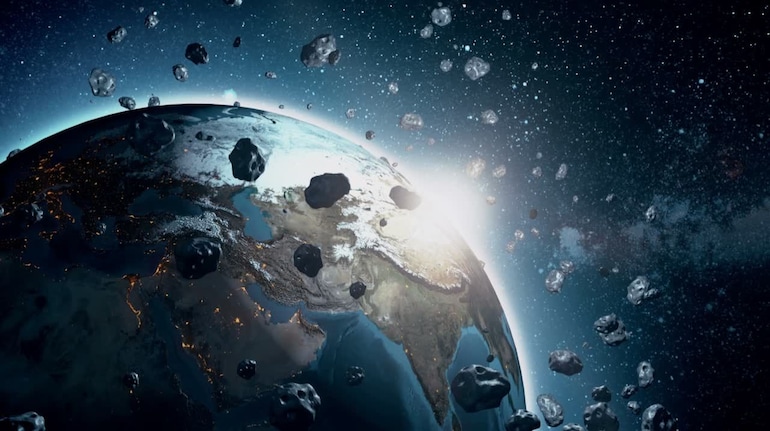


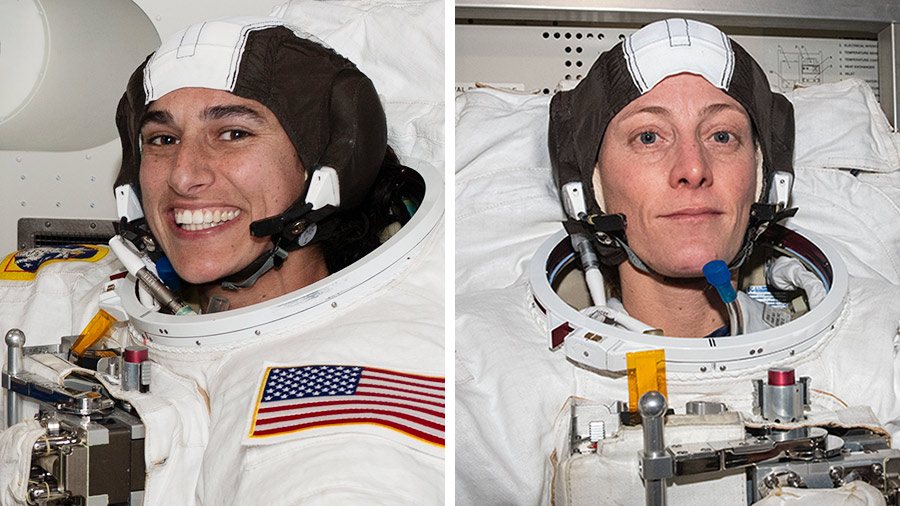

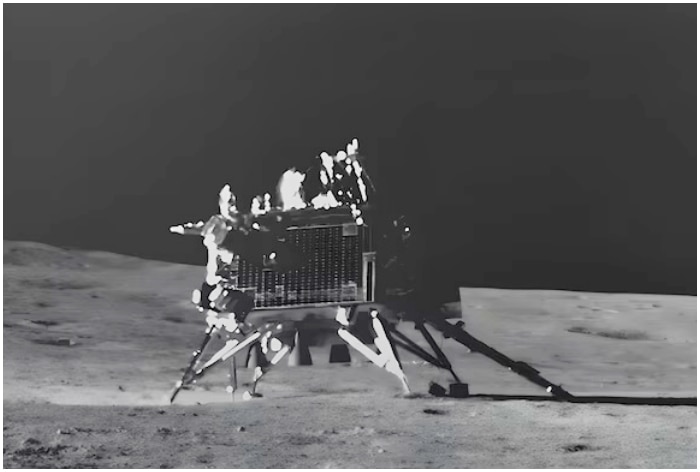


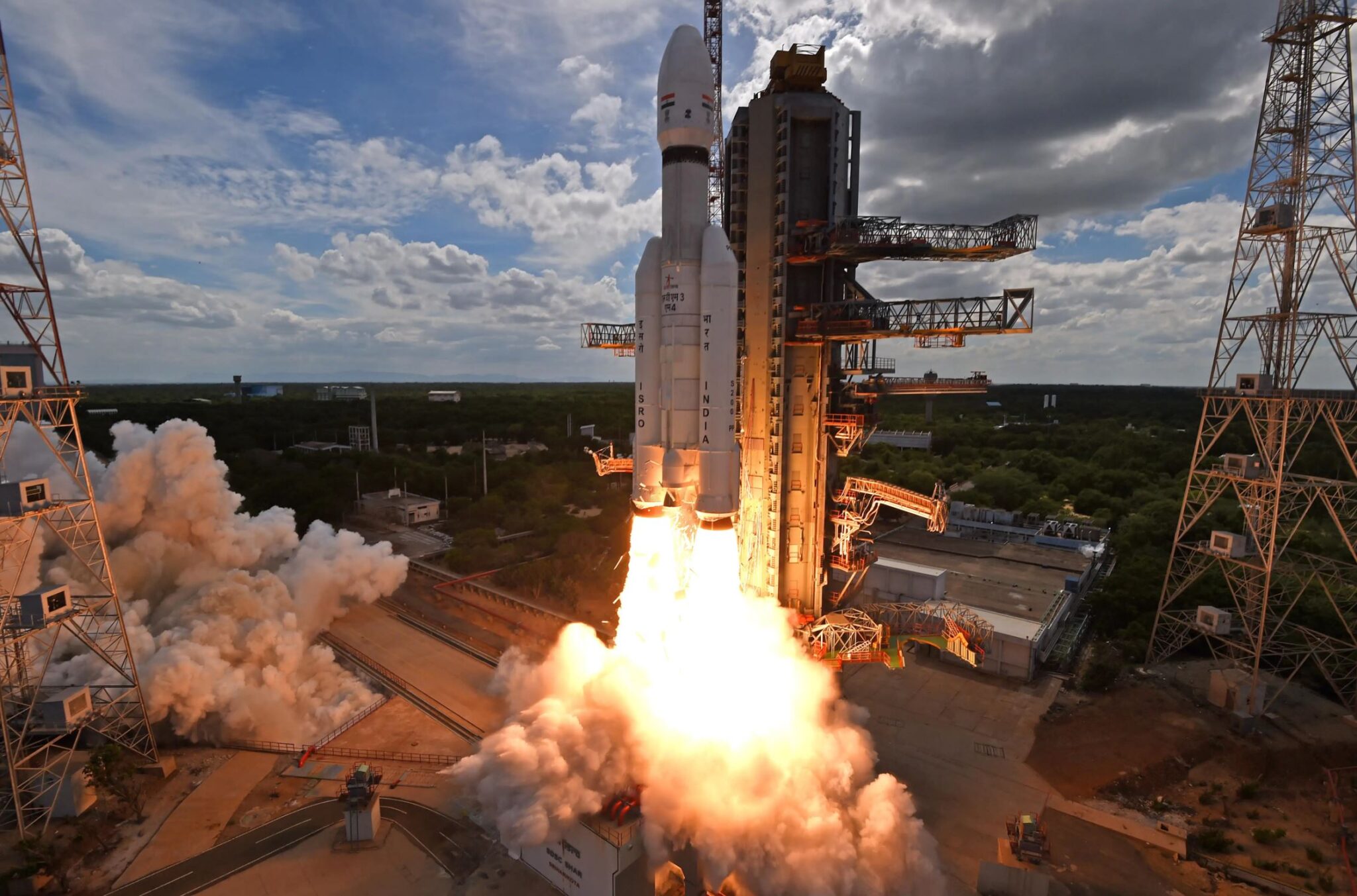



























)












